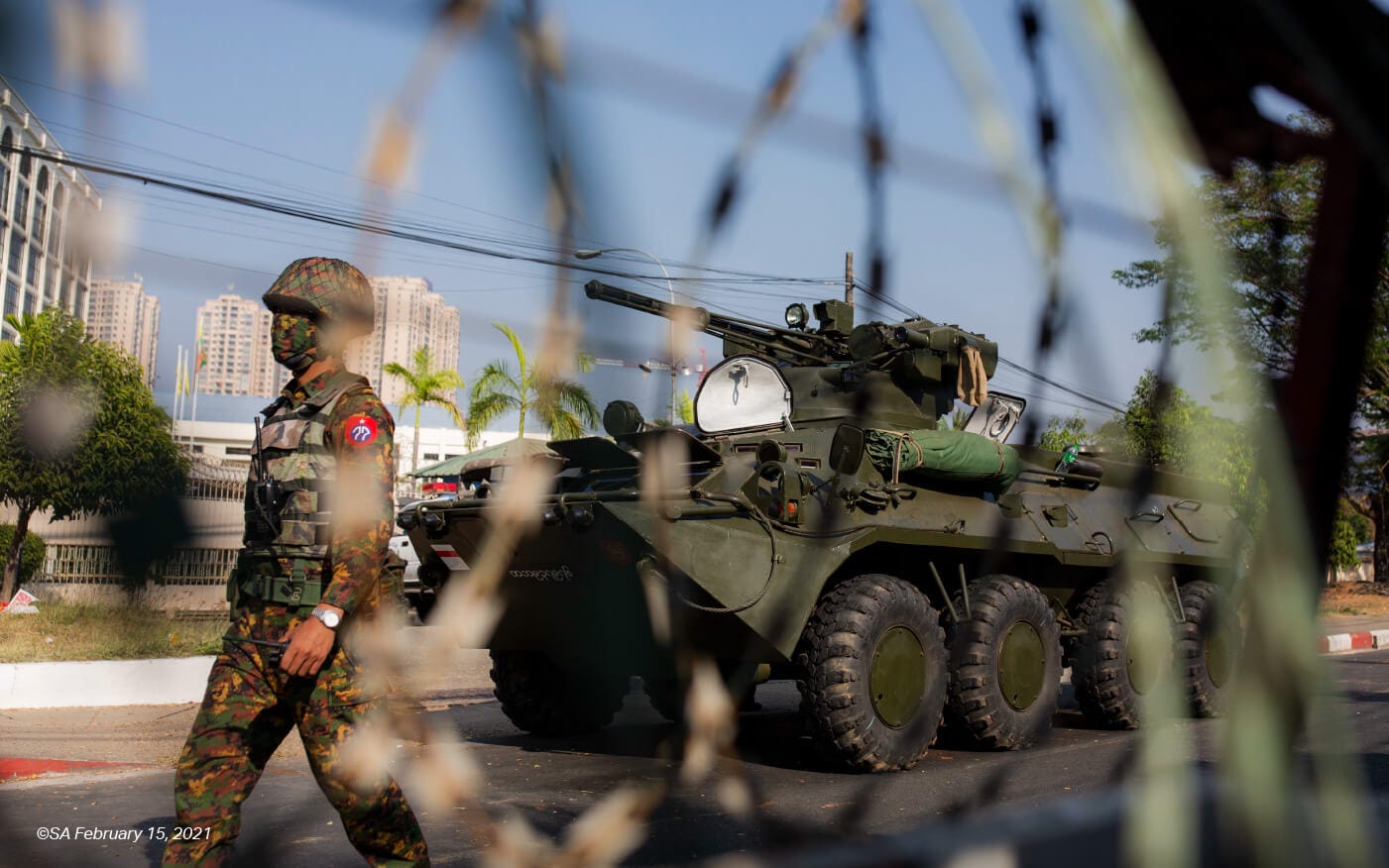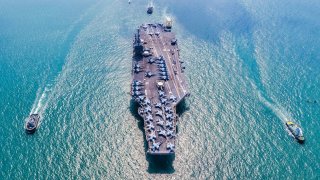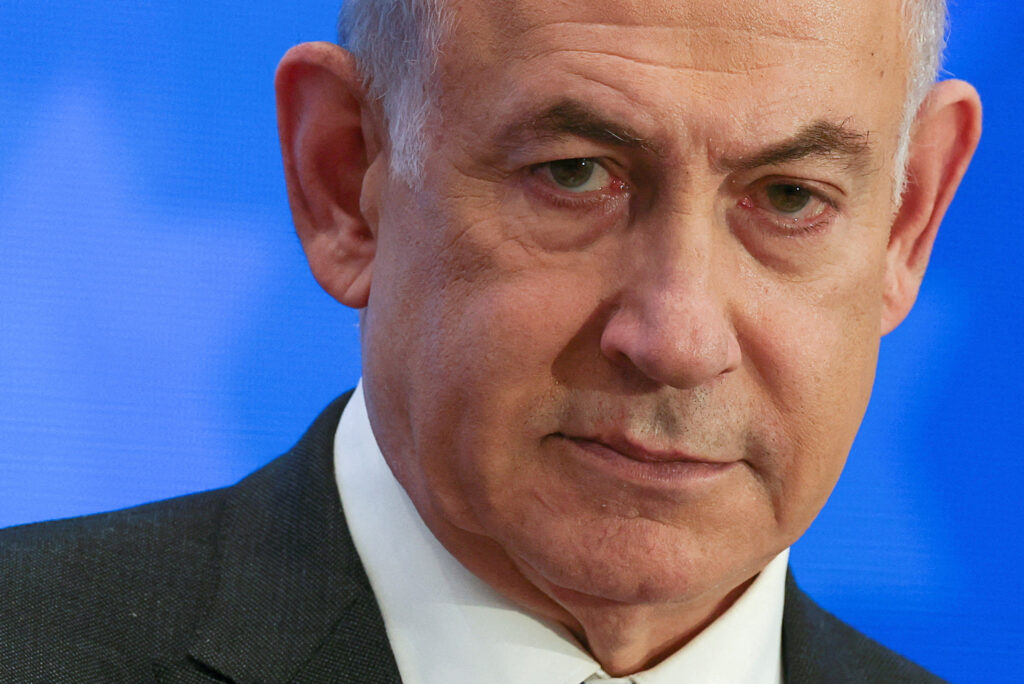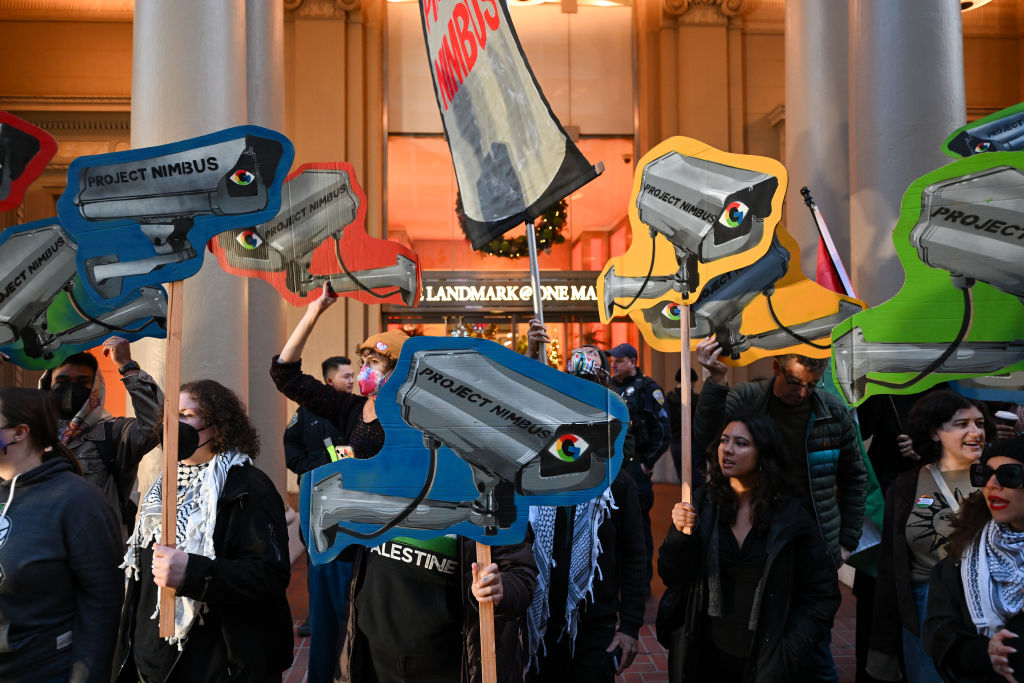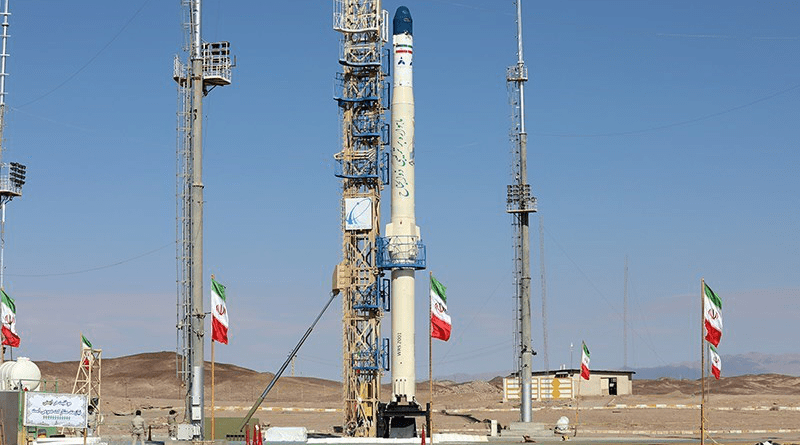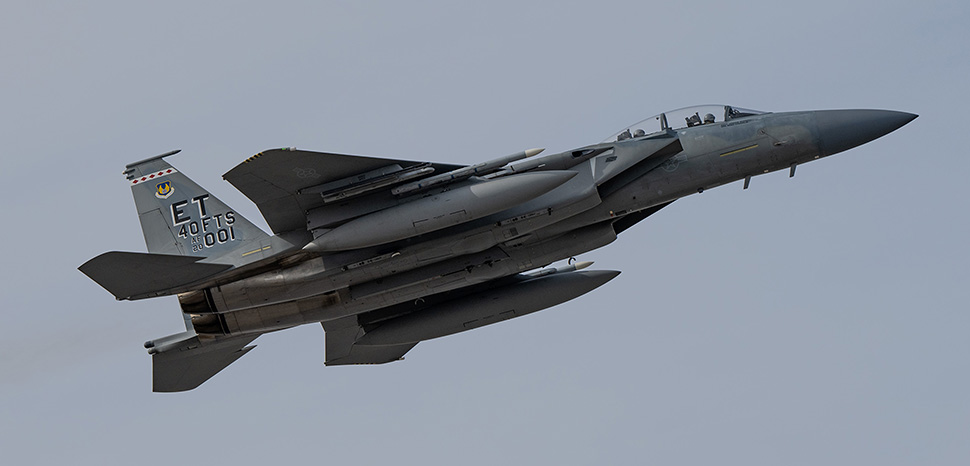JOSHUA BOWES

Chinese President Xi Jinping holds a welcoming ceremony for President of the Republic of Maldives Mohamed Muizzu in the Northern Hall of the Great Hall of the People prior to their talks in Beijing, capital of China, January 10, 2024. Photo: Xinhua / Ding Haitao
The Maldives’ recent turn toward China and away from India has boosted Beijing’s long-term push for regional control and disrupted New Delhi’s ambition to match Chinese strategic competitiveness in the Indo-Pacific.
On March 12, the Maldives began setting in motion the expulsion of Indian troops on the archipelago, ordered by President Mohamed Muizzu.
As China-Maldives diplomatic alignments strengthen, so also does China’s reach across the contentious Indian Ocean Region, meaning Beijing is well on its way to becoming regional overseer.
China’s expansive Belt and Road Initiative, launched in 2013, presents Beijing as the Indo-Pacific’s dominant power, with the Maldives having been one of the first countries to join.
